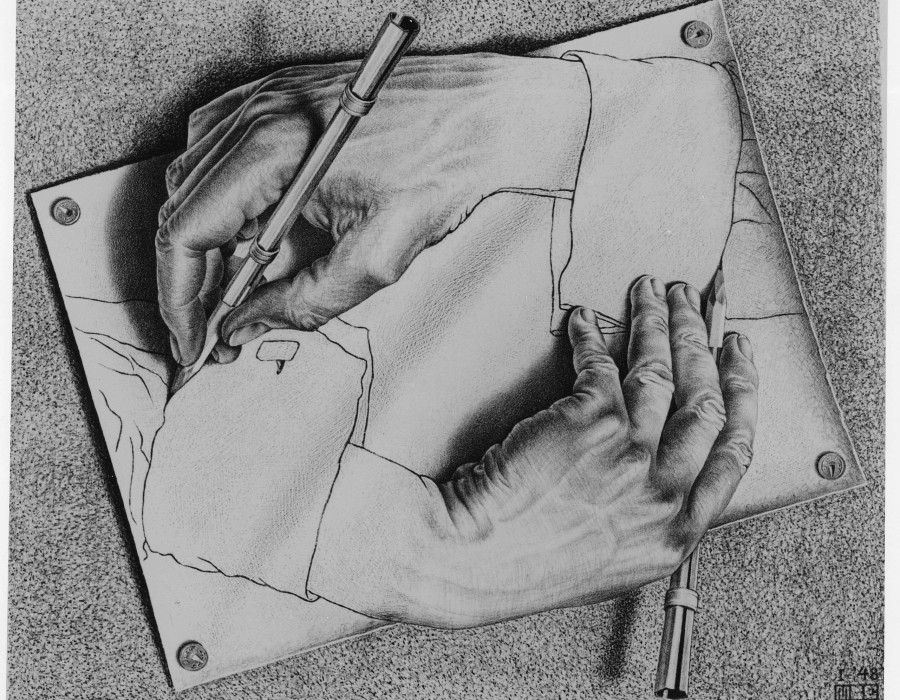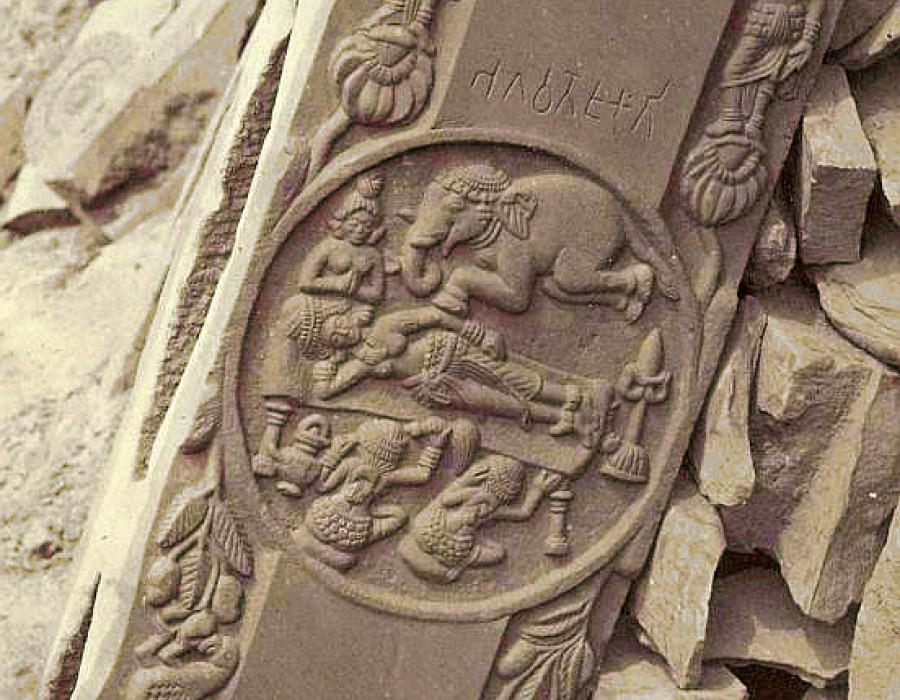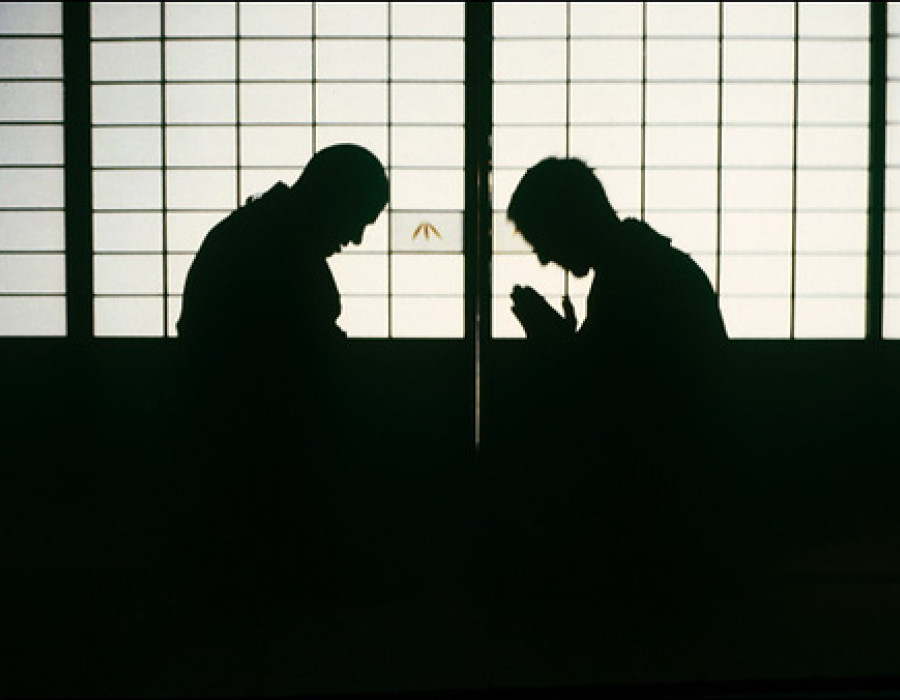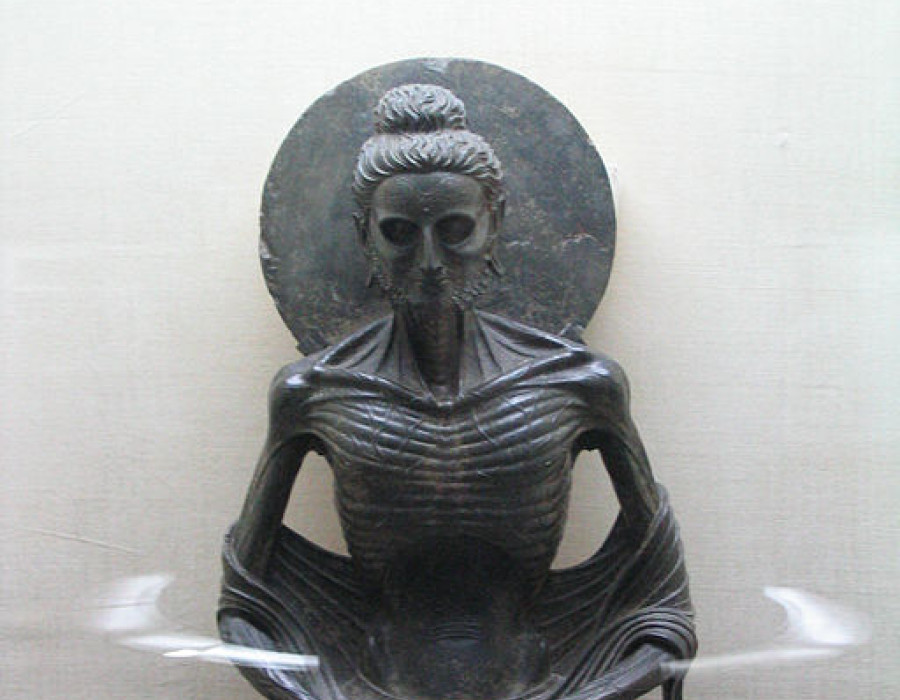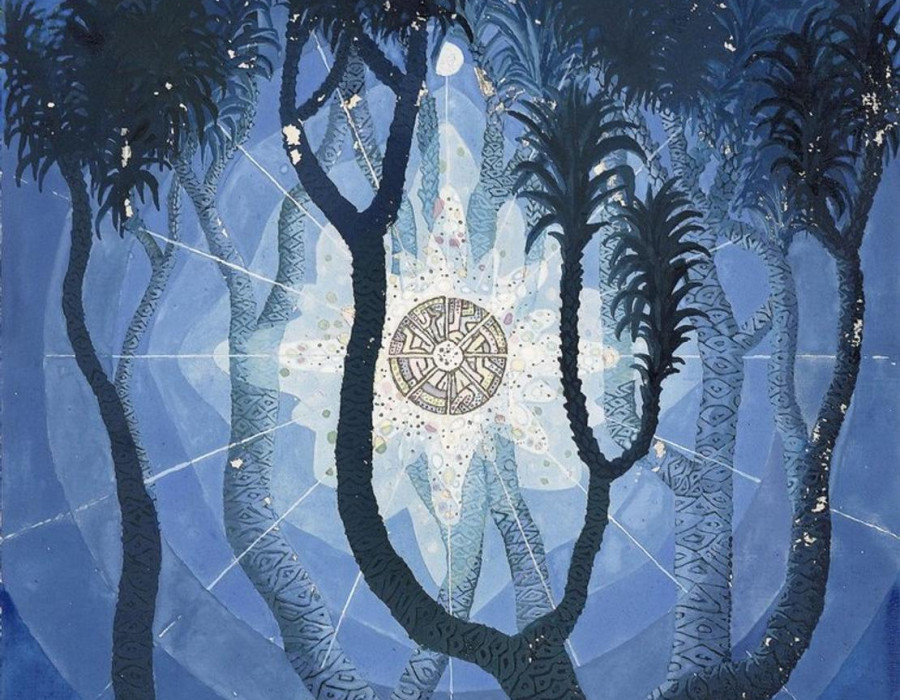
Martin Goodson
Two Teachers, Two Lineages
From Miraculous Birth to the Buddha's Enlightenment
The pre-training of the Great Bodhisattva is an important lesson for practitioners not to to just make up a personal practice. The Wisdom of tradition is the cumulative experience of those who go before us and helps make the training a more 'rounded' experience.
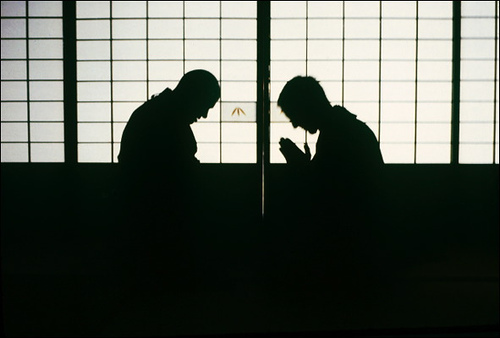
Teacher-Student
Having left the palace and gone forth, the bodhisattva does not just go and ‘do his own thing’; rather he recognises that he needs help to start his spiritual journey. He finds one of the great teachers of his day and becomes his pupil – learning how to meditate, to contemplate and to attain profound states of consciousness.
The teacher recognises the great potential of his student, and it is not too long before the bodhisattva attains the same depth of insight as his own teacher. However, it is still clear to him that these states do not reveal to him the cause of suffering.
In the meantime, his teacher offers the bodhisattva the succession; that is, after the teacher has died the bodhisattva would become guru in his place. This offer is declined because the bodhisattva needs to go on and find the answer to his question.
Now he finds another teacher and the same pattern as above is repeated. He excels in his attainment, equals his teacher and is offered the succession, but again declines because he still cannot find an answer, even in these more sublime states of consciousness.
There are two points to be made from this section of the story; one is about remaining true to the initial vow and not being distracted by personal attainments, the second is not being carried away by the glamour of profound states of consciousness.
An intensive meditation practice is demanding and will throw up all the attachments, which one by one must be laid down.
There will be times when a student will feel ‘I cannot go on’. In fact, reaching this point is necessary more than once, in order to ‘go beyond’ what ‘I’ think ‘I’ can do and to discover the power of the Buddha nature that lies beyond ‘I’.
Once some attainment has accrued, but before the thorough removal of ‘I’ has taken place, there is temptation just to settle down. This is a well-known stage and must be firmly resisted. There is no half-way house here; if that deep root of ‘I’ is not weeded out then it is only a matter of time before it begins to grow again and what has been attained is lost.
There have been many ecstatic religions throughout history. By ‘ecstatic’ we mean the transportation that takes place in bliss, whether it is produced by drugs, sex or meditational practices. But all such states are transitory – they do not last – and once they have worn off we are back to where we started, only now rather depressed that the state has gone away again.
This is the error of attachment to the spiritual ‘highs’ which can be brought about by intensive meditation.
Sometimes the student may feel that s/he must in in the right frame of mind to sit zazen but this is not true. The aim of zazen is awareness of what is just now arising. The judgements of ‘I’ over whether it is good or bad are also mental objects and can come into awareness. They too arise and pass away. To prefer one to the other and to go chasing after bliss states is only to pour petrol onto the conflagration.

